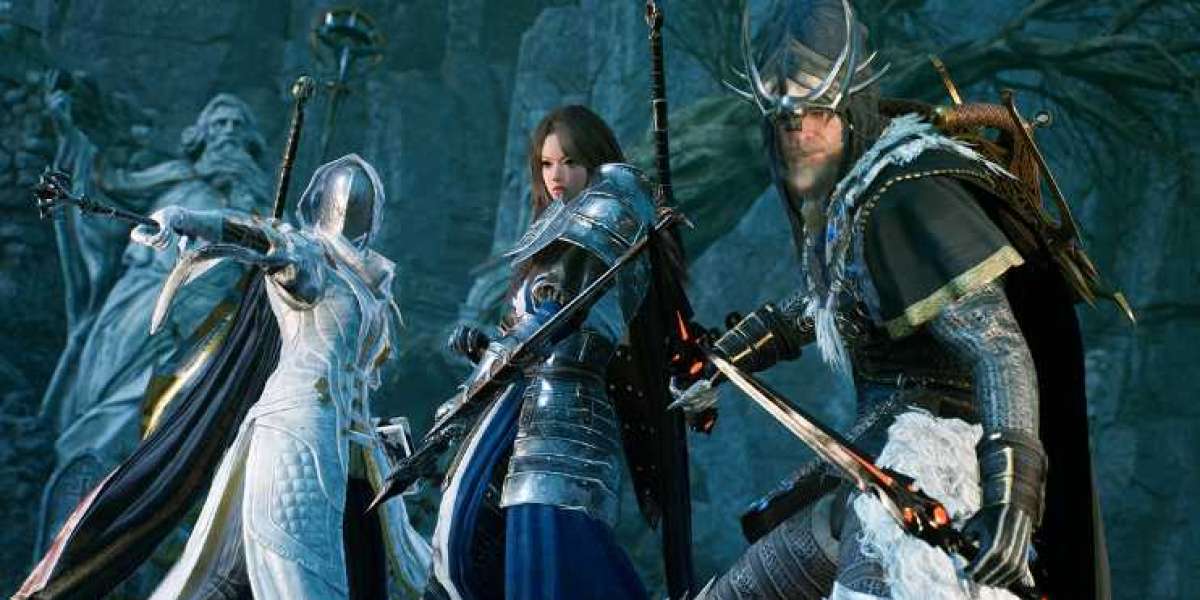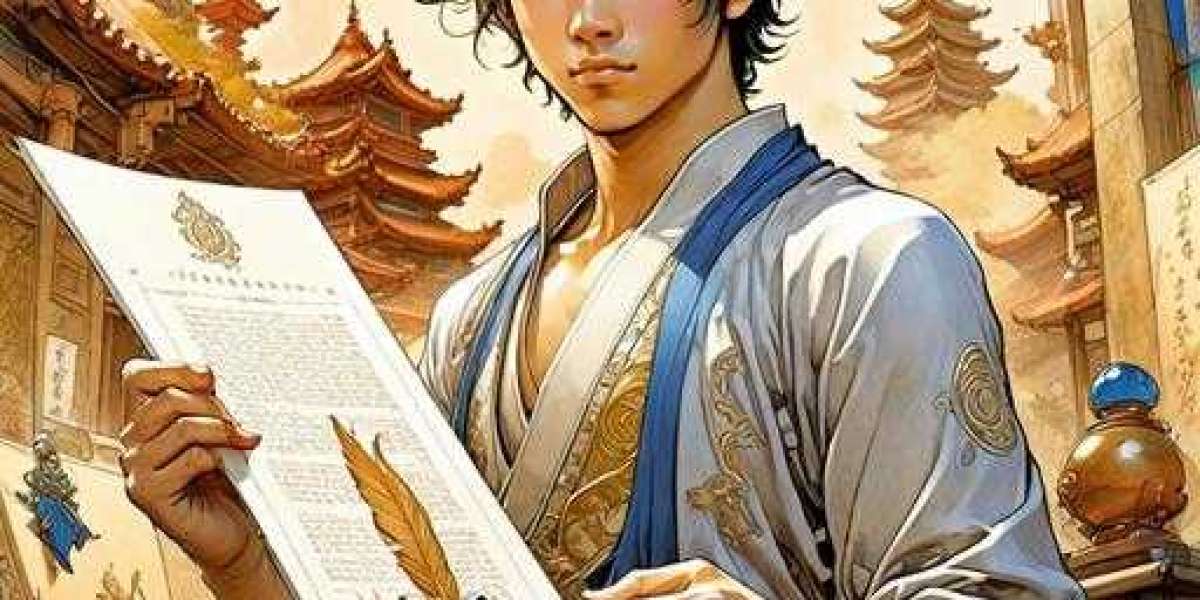The much-anticipated moment arrived for avid MMORPG enthusiasts as Throne and Liberty Lucent, after years of development, teasing, and a significant rebranding, finally launched in South Korea. The journey of this game, which was once associated with the Lineage franchise, has been a rollercoaster of expectations, transformations, and challenges. However, as the virtual realms of Throne and Liberty beckoned players, the launch was marred by connectivity issues and server struggles, highlighting the immense demand for the game.
NCSoft, the developer behind Throne and Liberty, quickly acknowledged the problems and assured the gaming community that efforts were underway to enhance server capacity and address the overwhelming demand. The launch chaos, while frustrating for eager players, is not entirely uncommon for highly-anticipated MMORPG releases, as the surge of players attempting to log in simultaneously can strain even the most robust server infrastructure.
As the development team works diligently to stabilize the South Korean release, attention is already turning towards the global launch, slated to be a free-to-play experience in the West, with Amazon Game Studios taking on the role of publisher. The challenges faced in South Korea have become a crucial learning experience for the developers, who now aim to ensure a smoother launch in Western markets. The question remains: Can they overcome the hurdles encountered in the initial release and provide a seamless experience for players worldwide?
One notable aspect that adds an extra layer of intrigue to the Throne and Liberty launch is the absence of region-locking, at least during the initial stages. This means that players eagerly anticipating the global release can potentially dive into the Korean version, offering them a sneak peek into the world of Throne and Liberty while they wait for the official release in their region. The lack of region-locking provides a unique opportunity for international players to explore the game ahead of its scheduled global launch.
For those considering taking this unconventional path and immersing themselves in the Korean version of Throne and Liberty, NCSoft has taken a proactive approach. A comprehensive video guide was released prior to the launch, offering insights into the basic gameplay systems and combat mechanics. This strategic move by the developers not only demonstrates their commitment to providing a positive gaming experience but also serves as a valuable resource for players navigating the intricacies of the virtual realm.
The Evolution of Throne and Liberty
The journey of Throne and Liberty began with anticipation and curiosity surrounding its ties to the Lineage franchise. Originally seen as an extension of the popular Lineage series, the game underwent a significant rebranding, shedding its previous identity to emerge as a standalone MMORPG. This transformation was not merely cosmetic; it signaled a shift in the game's direction, mechanics, and overall identity.
The decision to break away from the Lineage umbrella was both a bold move and a strategic one. While Lineage had its dedicated fan base, it also came with certain expectations and conventions that might have limited the creative freedom of the developers. Throne and Liberty, unshackled from its Lineage roots, was free to explore new horizons, implement innovative gameplay elements, and forge its own narrative.
The rebranding process was accompanied by years of development, during which the gaming community received glimpses and teasers, fueling the anticipation further. As snippets of the game were revealed, players eagerly speculated on the features, lore, and overall experience that Throne and Liberty would offer. The developers, aware of the TL Lucent heightened expectations, carefully curated their promotional material to build excitement while keeping specific details under wraps.







